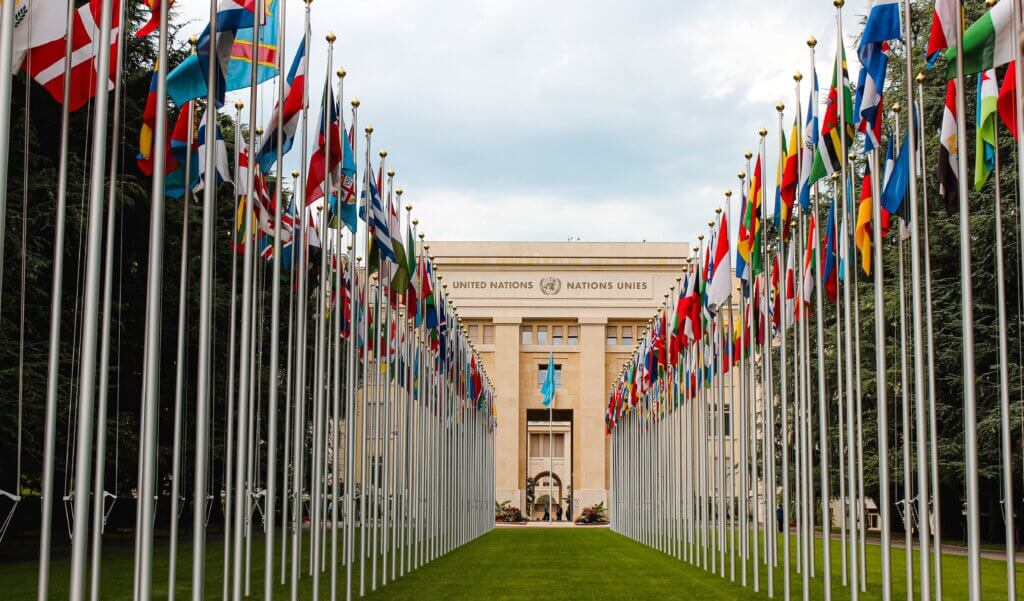Isaiah’s Seven-Part Structure defines Babylon as a composite entity made up of individual entities of various kinds (Isaiah 13–23; 47). These consist of the nations of the world, aggressive world powers (like Assyria and its alliance), tyrants and oppressors, rulers and men of power, enemies and adversaries, proud kindred peoples, and the wicked of God’s people (see Figure 36). Each of these groups possesses one or more types in the past, and all exist at the end of the world. The global cartel they make up shares a universal and multi-national consciousness, as its participants hang together in a kind of codependency. Underlying Babylon’s ideology are an unrestrained arrogance and utter godlessness.
Types from the past of this Greater Babylon include the old Babylonian empire, the alliance of nations ancient Babylon sought to bring against Assyria, and the Neo-Babylonian empire of King Nebuchadnezzar. Individual entities comprising Isaiah’s Greater Babylon, such as Tyre and Moab, depict different character traits of the whole. But all have one thing in common: self-exaltation—lifting oneself above others. Isaiah’s Babylon consists of every biblical reprobate whose modern counterpart is involved in an end-time showdown with Zion. Babylon is thus not merely a composite entity but one that is antagonistic; Babylon ultimately fights against Zion. So long as Zion exists, Babylon can’t rest.
John’s concept of Babylon the Great in the Book of Revelation parallels Isaiah’s concept of this Greater Babylon. In fact, when you compare the two it becomes clear that John depends on Isaiah for much of his apocalyptic version of Babylon. In the light of Isaiah’s Seven-Part Structure, John’s New Testament idea is seen as an Old Testament idea also. The kinds of imagery John uses similarly have their roots in the writings of the Hebrew prophets. Of course, John received his own vision of the end of the world, but he also followed the age-old pattern of building on what former prophets had spoken or written. God sends more than one witness to testify of the same truths that lead to salvation.
For example, John describes a great “city,” a “whore” or harlot—Babylon the Great—with whom the rulers of the world have committed fornication. All peoples come under her intoxicating spell. She makes the inhabitants of the earth drunk with the wine of her adulteries. She sits on a red beast that has seven heads and ten horns. Its horns are ten rulers who will rise to positions of power at the end of the world. They burn Babylon with fire (Revelation 17:1–18; 18:3). Because John’s symbolic imagery—the whore, beast, heads, horns, dragon, false prophet, etc.—appears in previous prophetic writings, we can draw on those to understand what it stands for, besides what John tells us directly about it.
In John’s vision, Babylon’s sins, like Sodom’s and Gomorrah’s, have reached up to heaven. Because she corrupts the world, John calls her the Mother of Harlots and the mother of all abominations in the earth. In just “one day” she is utterly incinerated and exists no more. Billowing pillars of smoke from her burning cause those who indulged in her luxuries to stand afar off, afraid of her torment. They lament because in “one hour” her immense wealth has come to naught (Revelation 17:5; 18:5–10, 17). Using such allegory, John predicts that an affluent worldwide establishment—which deceives all nations into participating with it—will be laid waste in a Sodom-and-Gomorrah type of destruction.
(Taken from Isaiah Decoded, pp 83–85.)



